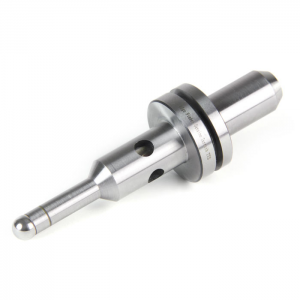There are different speeds recommended by different manufacturers. Starrett recommends using their 827A edge finder between 800 and 1,500 rpm's. Brown & Sharpe recommends "up to 1,000 rpm's. I have a couple from the MSC "value collection" that have a recommended "minimum speed of 300 rpm". I find using any of them at about 800 rpm gives repeatability of .0002".
The key to repeatability is keeping them clean. My oldest are the ones from MSC. They started to get sticky and lazy a while ago. I found soaking them overnight in diesel fuel removed years of gunk and made them respond as good as new.


